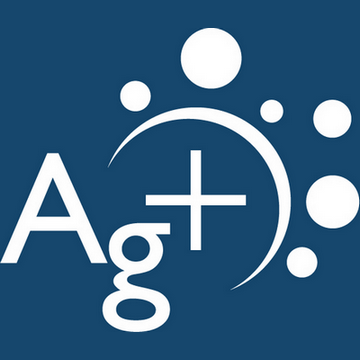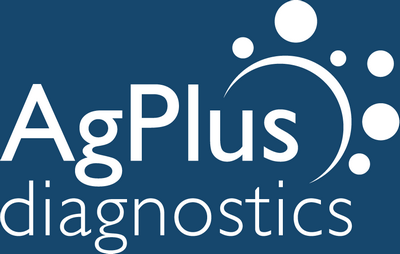If your organisation is looking for enhanced competitive edge or to bring a new diagnostic product to the market, our approach to successful assay development could enhance your business.
The availability of diagnostic testing equipment is key to a healthy society. We appreciate this more than ever in 2021. The COVID-19 pandemic has widened the search for reliable, efficient and accurate diagnostic tests .
Assay tests are critical to diagnosing an illness quickly and taking the necessary action to treat the affected persons. This could be in the field, or in primary or secondary care. Whether it is COVID-19, cancer or any other clinical disease, our experienced biomarker and assay development specialists can support you at every stage of the assay development process.
In this post, we look at some of the essential principles of successful assay development.
Proof of Principle
Plan for Commercial Success

For successful assay development it is essential to clearly understand the important attributes that will help differentiate your assay from the others in the market.
You must begin by defining the purpose of your product, your target customers and where it will be sold. This information will help define the regulations your product should meet. You will also be able to clearly lay out the regulatory strategy.
Time must be allocated for market research as well as early user engagement to align product vision with customer requirements. This will keep your assay development process on the right track so you can avoid the costly mistake of developing the wrong assay.
FEASIBILITY
Prove the Assay Works

Before you launch your diagnostic assay, you will have to prove your product works to win the trust of regulators as well as customers. So before you commence development of your assay, take the time to identify the type of testing you will rely on to prove the performance of your sensitive assay.
You can also look at the product literature of your competitors’ testing devices to identify the kind of performance testing they carried out.
Once your research is done, it’s time to set a realistic timeline and budget.
At this stage you should plan the clinical study and consider how you’ll access patient samples, identify how many samples you will need for a trial and the time needed to recruit test patients, especially if the prevalence of the analyte/disease is low. You should also consider the other clinical evidence you may need.
OPTIMISATION
Evaluate Shelf Life

As part of the third step to successful assay development it is key to evaluate your assay’s shelf-life in the early stages to identify any issues. Diagnostic assays often combine biological reagents (such as enzymes, antibodies, nucleic acid) and the cartridge is made of metals, plastics and electronics.
Biological reagents typically do not boast the robustness of inorganic compounds. In addition to heat and time, many other things can affect them such as volatiles from glues, plastics, inks and electronics, eventually degrading the performance of your sensitive assay.
VERIFICATION & TRANSFER TO MANUFACTURE
Understand Production Demands

Going from testing to full-scale production is no mean feat. Reagents are consumed at a far greater rate than they are in the lab. It should be considered how robust your sensitive test is to changes in the batches of raw materials. Also explore if a change of raw materials mid-way through a batch could affect performance?
You must identify which materials affect the performance of your testing devices and the ones that have no effect.
validation
Validate the Diagnostic Test

The final stage in our assay development process involves gaining validation of the diagnostic test. The test must ultimately be fit for purpose in terms of efficacy, regulatory guidelines and end use. Validation can sometimes be a lengthy and in-depth process. Be assured that the AgPlus team have long term and multifaceted experiences to draw from in ensuring that your project can be smoothly guided through this final phase of assay development.
How AgPlus Can Help
As you can see, assay development is a complex task involving precision at every step of the journey. We have many years of experience developing fully quantitative diagnostic tests using a wide range of biomarkers.
If you are looking for a competitive edge or want to launch a new diagnostic product in the market, our proven approach to assay development could enhance your offering and your business.
Contact us today to discuss your requirements.

